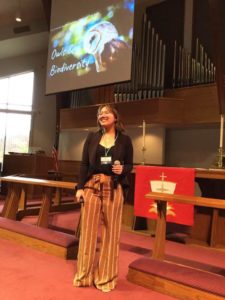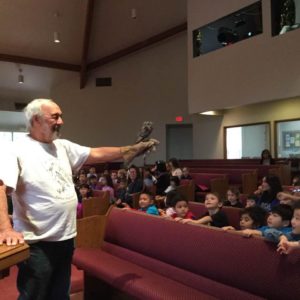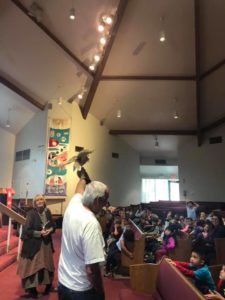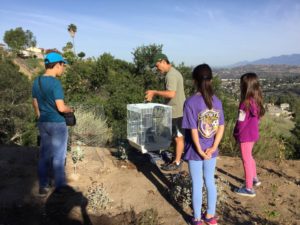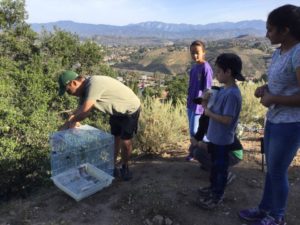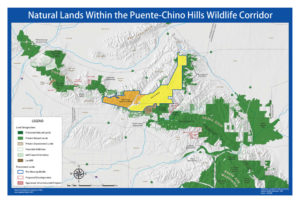By: Robin Smith
Why are oak trees protected by law?
In Los Angeles County, any native oak tree over 5 inches in diameter 4.5 feet above grade is protected by law and cannot be cut down without a permit. Los Angeles was one of the first counties in the state to enact an Oak Tree Protection Ordinance (SB 1334) in 1982. The 2014 Oak Woodlands Protection Act was implemented in 2015 with stronger protections.
The Mighty Oak: Tree of Life
Oaks play a unique role in the ecosystem. Oaks are a keystone species, functioning much like the hub of wheel. Over 50 species of insects, 58 species of reptiles and amphibians, 105 species of mammals and over 150 species of birds rely on oaks for their life cycle. If the oaks are gone, so are these associated species. In addition, oaks are held dear by many people, admired for their beauty, strength and longevity.
Tree removal, if approved, must not harm any native bird. The Migratory Bird Act, applicable to all native birds, prevents their killing, including destruction of nests with eggs or young. Nesting season is usually February through the beginning of August. Many species nest year round.
Protecting Endangered Species
Finally, the Federal and State list of Endangered species, Species of Special Concern and Sensitive Species includes several species that live in oak woodlands. These include Willow flycatcher, California gnatcatcher, and Least Bell’s vireo. Note that the Endangered Species Act protects not just the birds but also the habitat they may require to recover their populations. Land developers are required to pay for protocol biological surveys detecting the presence of these species and of nesting birds.
—- Daniel Guthrie, Conservation Chair, Pomona Valley Audubon
Oak Woodlands Protection Act 2014, CDFW Permit Program
oaktreeprotectionact-2
Migratory Bird Treaty Act
migratory-bird-treaty-act-of-1918
